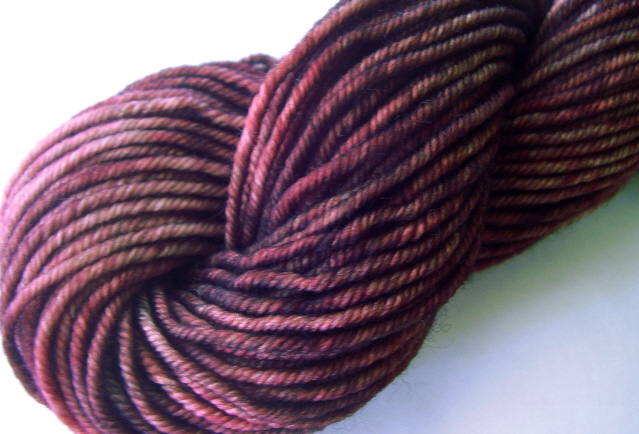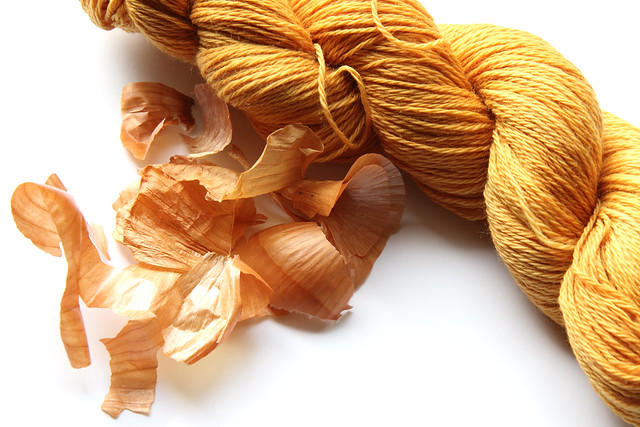As part of #naturallydyedwardrobe, I’ve been making plans for the year; what I’m planning to grow, gather and buy to create natural dyes.
I’m starting today with the ‘store cupboard’ items that I’m thinking about trying.
Some really impressive results can be obtained from easily obtainable food stuffs. They’re also easy to use, as many of the food stuffs are ‘substantive’ dyes which means that it isn’t necessary to prepare the fabric using a mordant (such as alum) to encourage the particles of dye to bond to the fibre (although it can help to create a stronger, longest lasting colour).
I’m particularly interested in trying the following:
Turmeric
I want to try using powdered turmeric because it produces a really vivid yellow. Turmeric is a substantive dye, although using a mordant helps to prevent fading. Approximately 40g of turmeric powder is required per 100% of fabric. Fabrics dyed yellow with turmeric are often overdyed with blue dyes (woad, indigo) to produce strong greens, which can be difficult to achieve without overdyeing.
Red Cabbage
I’m excited to see what colours I can achieve with red cabbage. Other dyers report achieving purples with wool, rose/lavender with silk, and lilacs with some man made fabrics. The older outer leaves give the strongest colour, although the whole vegetable is chopped up and boiled to create the dye.
Tea / Coffee
I’m a (obsessive) tea drinker, but I’m keen to try dyeing with coffee. Lots of coffee shops give away bags of their left over coffee grounds for composting and I have a couple of bags in the shed that will be perfect.
Coffee produces a range of gold-browns, and reportedly works well with nylon.
Depending on the tea used, teas can produce a range of browns, greys, khakis and gingers, and work well with silk and nylon. Unsurprisingly, stronger teas produce stronger colours and I’ve seen other dyers reporting good effects from a strong Turkish tea. Portia blogged about using a bargain box of tea bags to dye a shirt only last week.
Others
That’s probably enough to keep me busy, but some of the other interesting options include:
Nut shells/husks
The shells/husks of nuts – including walnut and pecan – produce brown/pink shades and can be reused (although the dye will get lighter with each use). Most nut shells are substantive dyes, although using a mordant will increase take up of colour. You’ll need to smash the shells and soak them overnight before using them to dye. Use approximately 200g of shells per 100g of fabric. Walnuts are a historic dye, used in recipes for hair dye, and to dye fibres used in the creation of tapestries.
Onion skins
Onion skins (the papery outer skin) produce a substantive dye; white onion skins produce yellow, orange and rust colours, while red onion skins produce greens. The more onion skins used the stronger the colour will be, but a minimum of 30% of the weight of fibre should be used for wool, and 50-60% for cotton.
Carrot tops (the leaf, not the vegetable itself) produce golds and greens with wool, although typically have minimal effect on other fibres.
A range of herbs produce effective dyes. Powdered saffron (as the strand form is likely to work out very expensive) will produce yellow and green shades; a 0.5g pack of powdered saffron should dye 50g of fibres. Paprika, cinnamon and curry powder are also reported to produce strong colours.
Phew, that’s plenty to get on with. I’ll be blogging my plans for growing and gathering sources of natural dyes next!





